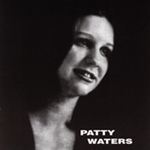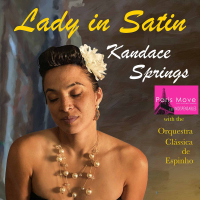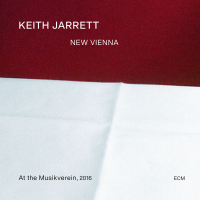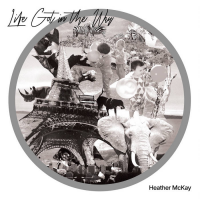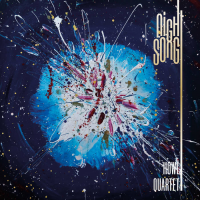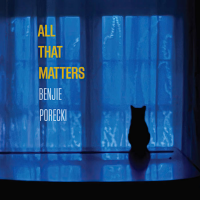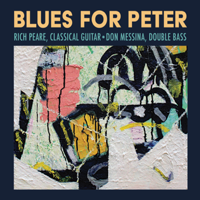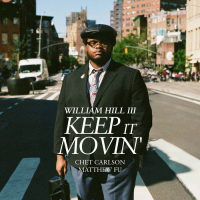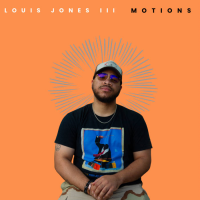Home » Jazz Articles » Album Review » Patty Waters: Sings
Patty Waters: Sings
Waters' voice projects mood and sound. The first part of the recording is filled with her songs, each no more than three minutes. They run together as though verses of a stream of yearning consciousness. The huskiness in her voice magnifies the sameness of each song. Her voice lifts but plugs into a similar musical plane where there is no motion. Her sense of tempo is dilated to the point that the music almost stays in one place. The subject matter of her lyrics is love, thwarted and lost. There is no joy, only resignation to an endless, crushing angst. Waters accompanies herself on piano playing mostly chords, which she tangentially extends with simple fingerings that match the structural simplicity of her songs.
The digital reworking of this recording calls for the "second side" of the original LP to follow immediately after the first seven lovelorn songs. There is no break, no flipping the record over. On this "second side" is Waters' extraordinary thirteen minute arrangement of "Black is the Color of My True Love's Hair," again measuring the nature of lost love. In her rendition, she is joined by Burton Greene on piano, Steve Tintweiss on bass and Tom Price on percussion. The song starts uneventfully but, obviously, in and out of tune. Her repetition of the word "black" gradually mounts within her limited vocal parameters into screaming.
The instrumentalists do their best to warrant her bending this song to her needs. Greene, especially, loads the accompaniment with some sensibility: first, on the piano harp, with improvisational strokes and plucks in keeping with Waters' interpretation; and then boldly on the piano, scattering clusters. He comes back to fingering the piano harp towards the end of the piece when Waters cathartically sings the word "black." Price mutes the drums using brushes on the snare skin, barely clapping the hi-hat. Tintweiss has only to follow his responses to Waters and, two thirds of the way through, improvises frenetically. Waters' verse-less rubato treatment of this Scottish folk song is tortured and ends in a whisper.
In 1965 a cultural shift occurring in visual arts and music resulted primarily in the stripping of color and embellishment so that both disciplines could reboot from a new standpoint. Yet the shift was not concerned with deprivation but rather with distillation, perceived often as spiritless non-essence. Waters creates her own niche within this shift. She erases emotion, but purification of tune does not seem to be her intention.
Waters' music teeters on the fulcrum between the heaviness of Billie Holiday's blues and the ground-breaking experimentation of Joan LaBarbara. Waters has been compared to both women, but comes close to neither. Her songs defy categorization.
Track Listing
Moon, Don't Come Up Tonight; Why Can't I Come to You; You Thrill Me; Sad Am I, Glad Am I; Why Is Love Such A Funny Thing; I Can't Forget You; You Loved Me; Black Is The Color Of My True Love's Hair.
Personnel
Patty Waters
vocalsPatty Waters: voice, piano (1-7); Burton Greene: piano and piano harp (8); Steve Tintweiss: bass (8); Tom Price: percussion (8).
Album information
Title: Sings | Year Released: 2009 | Record Label: ESP Disk
Tags
PREVIOUS / NEXT
Support All About Jazz
 All About Jazz has been a pillar of jazz since 1995, championing it as an art form and, more importantly, supporting the musicians who make it. Our enduring commitment has made "AAJ" one of the most culturally important websites of its kind, read by hundreds of thousands of fans, musicians and industry figures every month.
All About Jazz has been a pillar of jazz since 1995, championing it as an art form and, more importantly, supporting the musicians who make it. Our enduring commitment has made "AAJ" one of the most culturally important websites of its kind, read by hundreds of thousands of fans, musicians and industry figures every month.


